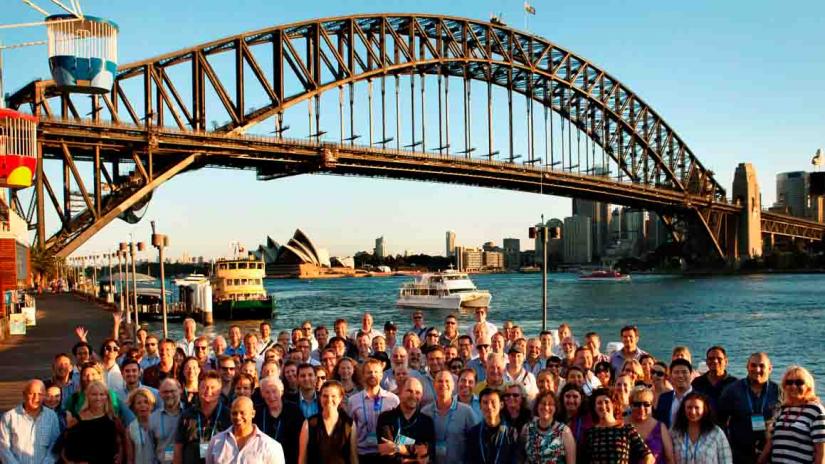You may be surprised to learn there has been some good news on the climate change front: Australia’s economy has grown solidly over the last two decades and yet our energy consumption has not – and this is the same across all developed (OECD) countries. According to the International Energy Agency, GDP had expanded to US$8.5 trillion in these countries but energy consumption has declined since 2000.
But this good news shouldn’t lead to complacency, says Dr Chris Dunstan, a Research Director at UTS’s Institute for Sustainable Futures.
To ensure energy productivity is prominent on the national and international agenda, four years ago Dunstan, in collaboration with Australian Alliance to Save Energy (A2SE), started the annual Australian Summer Study on Energy Productivity.
“We’re building on an international tradition,” says Dunstan. “The idea of the Summer Study is to get away from your work day environment to somewhere pleasant, step back from the hustle and bustle, broaden your mind and lift your gaze.”
The Australian Summer Study has become one of the most significant forums of its kind globally, following the lead of the US Summer Study on Energy Efficiency established by the American Council for Energy-Efficient Economy in 1980 in Santa Cruz, and the equivalent European Council for an Energy-Efficient Economy’s Summer Study which began in 1993 in the south of France.
The ‘missing link’ is that improving energy productivity is usually the most cost effective way to cut carbon emissions and while boosting prosperity.
— Dr Chris Dunstan, Research Director, Institute of Sustainable Futures
“At the same time,” Dunstan adds, “the ‘missing link’ is that improving energy productivity is usually the most cost effective way to cut carbon emissions and while boosting prosperity.”
This was the big idea running throughout this year’s Australian Summer Study which brought together 250 international and local experts from industry, government, research, consumer groups and NGOs.
Some speakers at the three-day residential event discussed topics on markets and regulation, communities and communication, technology and innovation and sectoral energy productivity. Participants also got the chance to see new breakthroughs in research set to boost energy productivity and also best practice across different industry sectors.
Following this year’s Summer Study, the Federal Government set a target to increase National Energy Productivity by 40 per cent between 2015 and 2030, while the Labor Party promised to double energy productivity by 2030 if elected to government.
Research team
-
 Chris DunstanChief Research Officer, Institute for Sustainable Futures
Chris DunstanChief Research Officer, Institute for Sustainable Futures
Research centre
Funded by
- Department of Industry, Innovation and Science
- TransGrid
- NSW Government Environment and Heritage
- PHILIPS
- Schneider Electrics
- Energy Futures Australia
Collaborator
- Australian Alliance to Save Energy (A2SE)


